Not everything is Windows or Mac on desktop and not everything is Android or iOS on tablet. Acer is one of the manufacturers that continues betting on the operating system of Google, and in this new batch of devices we have a tablet with ChromeOS, we tell you how it goes in our first impressions of the Acer Chromebook Tab 10.
The tablet is within the family of devices that the manufacturer has focused more on education, seeking to be products of lower cost and that meet the basic needs of a student or a user not too demanding. As its name indicates, it is a tablet of (almost) 10 inches, with a rugged plastic finish, without skimping on ports and with an integrated Wacom pointer, although in the experience we have had a bit of everything.
More than aesthetics, resistance
The idea is to create a simple and above all affordable device, and here we have to leave aside large resolutions or materials that seek to reach excellence. The Chromebook Tab 10 is built in plastic with an aesthetic that reminds us more of the first 10-inch Android tablets, in part by presenting considerable frames surrounding its 10-inch screen.
It is not a compact tablet; it measures 17.22 x 23.83 x 0.99 centimeters, dimensions that are close to those of the iPad Pro 9.7 inches (16.95 x 24 x 0.75 centimeters) except for the thickness. Although in this case there is some other reason besides not investing in thinning: as we said at the beginning there is a stylus that is saved in the tablet itself, to the Galaxy Note.
Decision that makes sense if we think of the target audience, since keeping the pointer in the terminal itself will reduce the chances of loss (something important talking about college students) and perhaps compensate sacrificing the thinness. Although the tablet weighs more than half a kilogram (540 grams) and in the end it becomes somewhat heavy.
The plastic that covers the back has a gloss finish (but quite discreet) and micro-perforated stripes that help grip. It does not slip and despite the weight is comfortable in the grip when profiling curved edges in the back.
The understandable (and probably correct) decision is also to resort to plastic. A material that is usually much more resistant to scratches and that does not aboya with the blows, which are more likely in this user profile that we drew for what the brand explained.
Something happens in performance
Opting for ChromeOS is a way to differentiate yourself and pull through a simple system that provides enough for a non-demanding user profile. Effectively browsing the system is simple and relatively intuitive and only with Google apps there is enough to write, create spreadsheets, presentations or simple layouts and have storage for all this.
But to move any system is essential to have a competent electronic engine, and in the performance of this tablet we have seen some signs that either the software is not well debugged at all or the tablet’s hardware (a Rockchip RK33XX processor at 2 GHz and 4 GB of RAM) are not enough to pull it (or do it correctly). We have found lag punctual but completely random, with slow response to buttons but loading apps like the ‘PUBG’ for mobile, as well as a tablet that did not respond directly because it is blocked.
Considering that there is 4 GB of RAM (more than enough currently, and more for a low-end product), on the one hand, the hexacore at 2 GHz may fall short and on the other hand it may be preliminary software or test, being new devices. Whatever it is, it is something to watch out for on the market, since we cannot expect performance from a top-of-the-range device, but it is not normal to find those blockages either.
Saving these incidents on time the tablet yields and also the Wacom stylus, which we use to make simple sketches in drawing apps that are included in the software. It does not have the precision and sensitivity of the most advanced (and expensive) pointers, but it is sufficient for a basic and rather dynamic use (making a quick sketch during a class, etc.).
The screen behaves well indoors (where we have been able to test it) and because of the level of brightness and color looking for more direct exposure to light gives us the impression that it will be in most scenarios at these levels, although the 2,048 x 1,536 pixels are not enjoyed in games that run at one resolution or another depending on the graphics card (like the ‘PUBG’). For everything else (word processors, web, video, etc.) it’s pretty good, maybe it lacks a bit of contrast.
Also comment that it has two cameras (rear and front), and that it can be used for video conferences or to take photographs. Although at least indoors (well lit) the quality is low, similar to that found in portable webcams, with photographs and videos with little definition and lots of watercolor, but it does not go to bumps and the performance is correct.
The classrooms, the other battlefield
It is not something global yet much less, but it is fair to say that the dynamics in the classroom has changed a lot in the last decade and that the presence of electronics has normalized, both in the classes and in the routine of the student and the teacher . Not all schools can have digital whiteboards, computer rooms or each student can carry their equipment, but on the part of manufacturers we have been seeing for years the effort to digitize teaching and both Apple, as Microsoft, as Google and other manufacturers they look for their space here.
Acer is one of them, making its bet with the Microsoft and Google systems, and presenting a new round of devices with ChromeOS focused in part on the education sector. This tablet is one of the pieces of that bet, does it fit as an electronic “notebook” in the classrooms?
It fits because in theory it serves any device that supports the software that is used (depending on compatibility sometimes), and if it is to use Google apps there will be no problem. But despite continuously transferring that feeling of low cost product we find a price of $329.99, which is worth the iPad Pro 9, 7 inches (in dollars), which does not imply a large difference in cost either (and is much thicker).
It will also be necessary to see what markets Chrome devices arrive at, and especially if in the future those small faults that we have seen that correct the experience with other devices (tablets and convertibles) with other systems are corrected.
Tags: Acer Chromebook Tab 10, Chrome OS, tablet
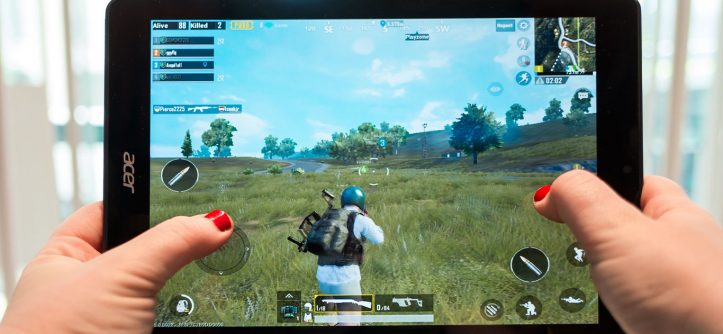
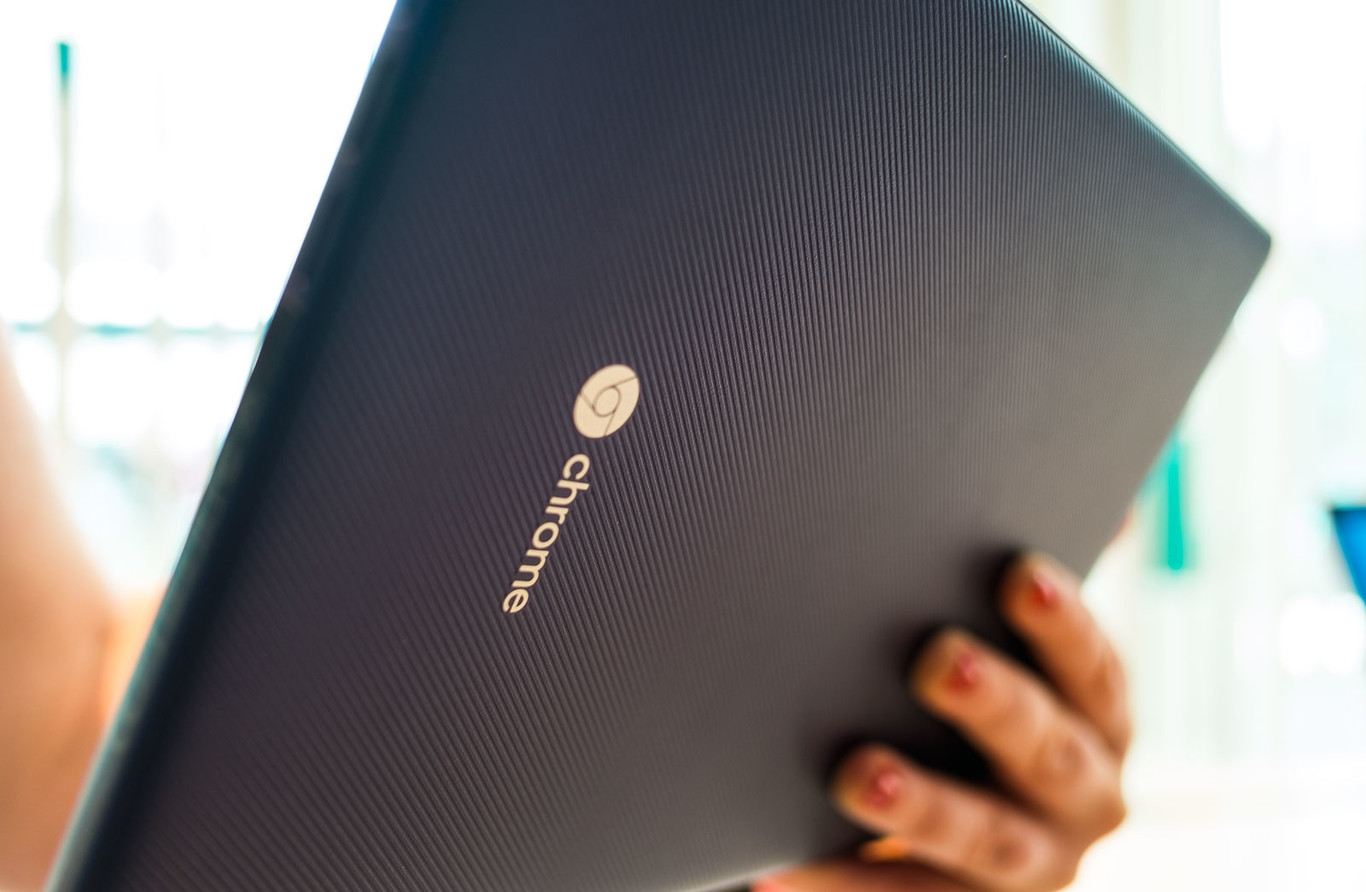
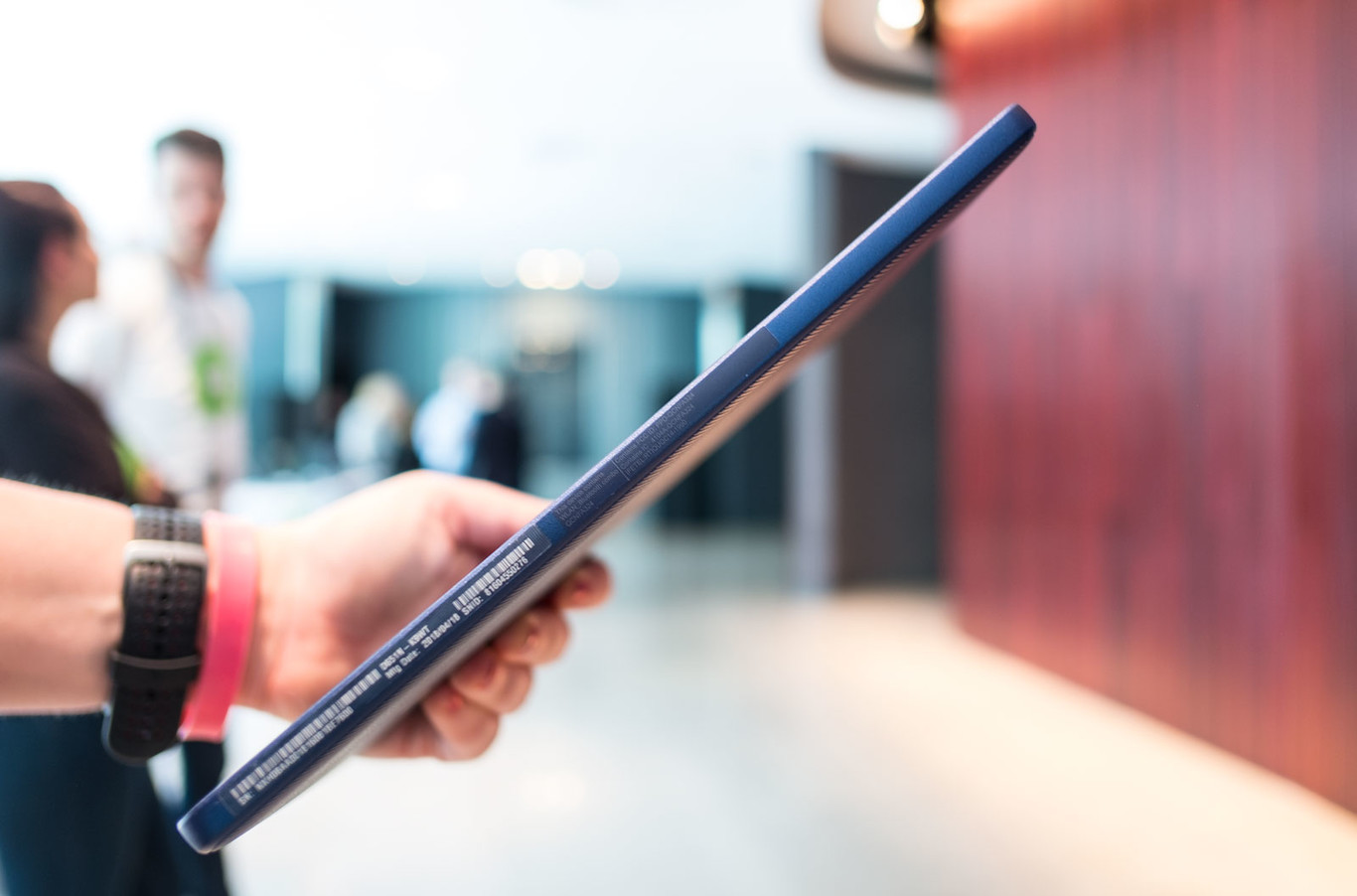
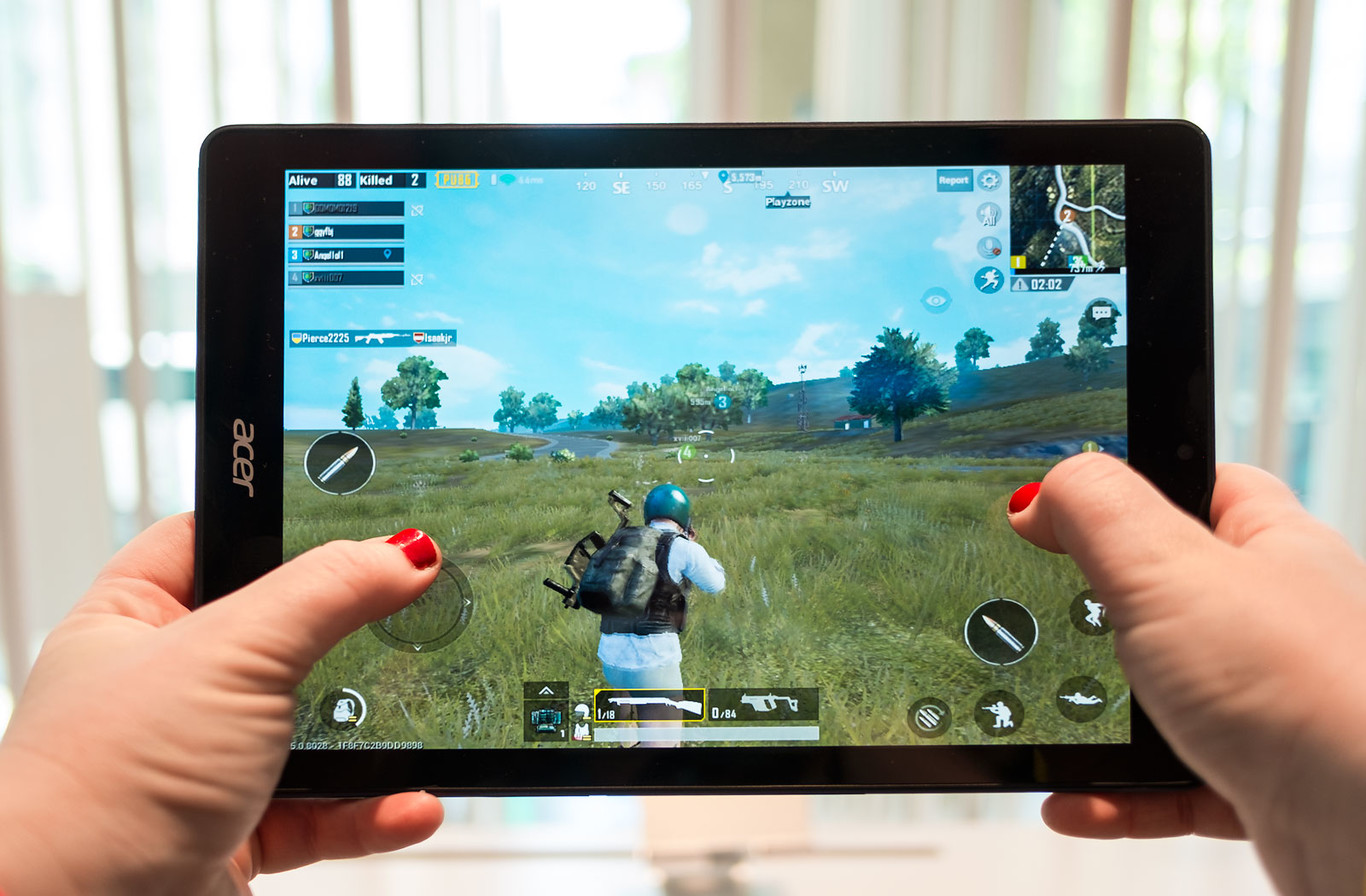
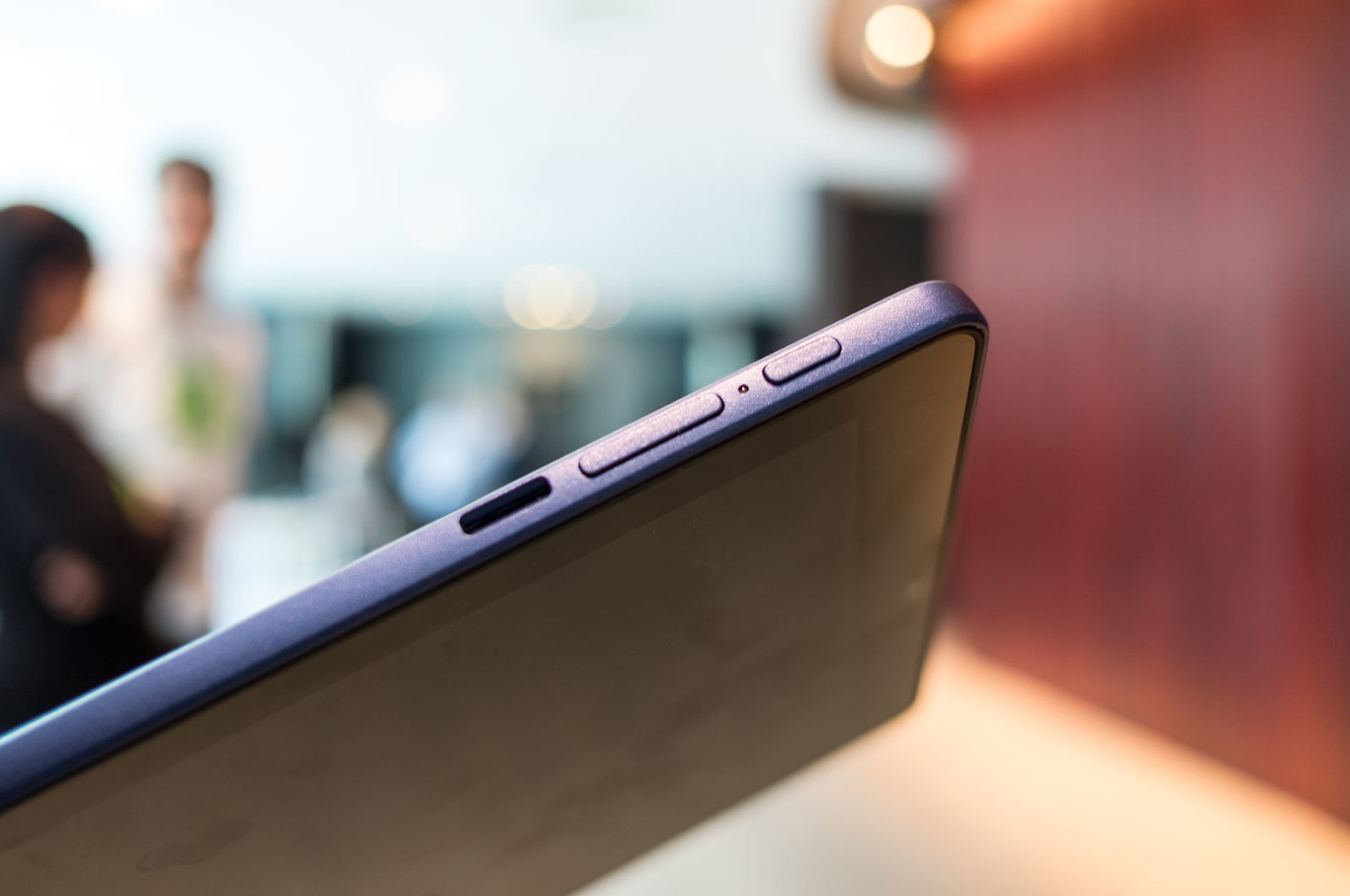
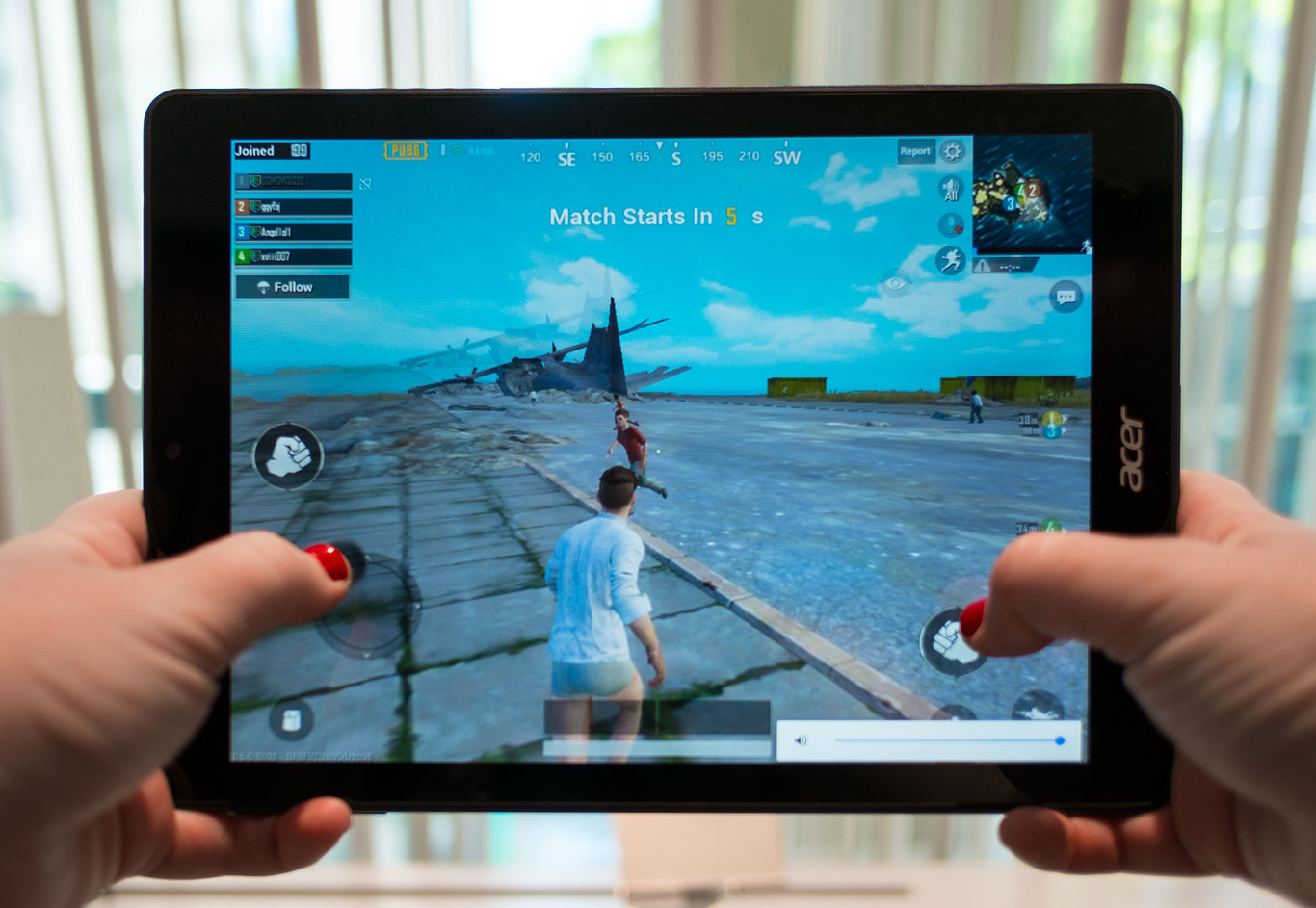
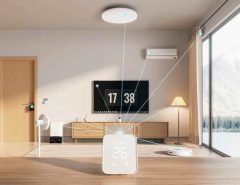

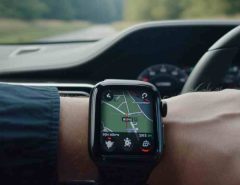
Leave a Reply